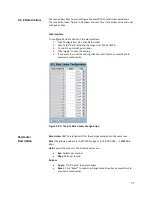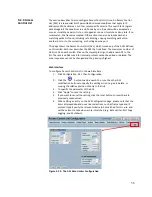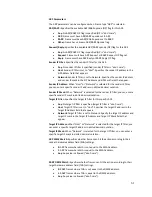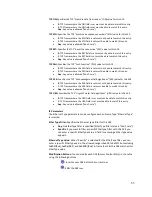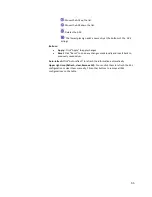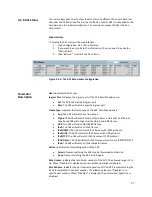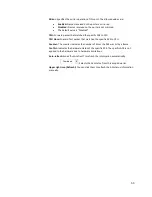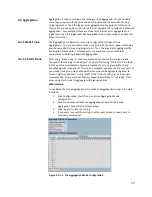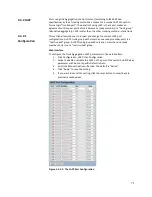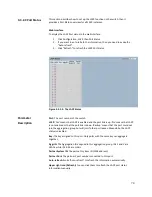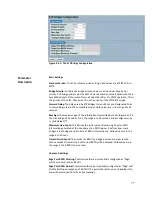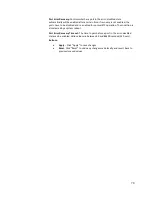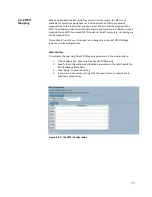
69
3-3 Aggregation
3-3.1 Static Trunk
3-3.1.1 Static Trunk
Aggregation is used to configure the settings of Link Aggregation. You can bundle
more than one port with the same speed, full-duplex and the same MAC to be a
single logical port. Thus, the logical port aggregates the bandwidth of these ports.
This means you can apply your current Ethernet equipment’s to build the bandwidth
aggregation. For example, if there are three fast Ethernet ports aggregated in a
logical port, then this logical port has bandwidth three times as high as a single fast
Ethernet port has.
The Aggregation configuration is used to configure the settings of “Link
Aggregation”. You can bundle more than one port with the same speed, full-duplex
and the same MAC to be a single logical port. Thus, the logical port aggregates the
bandwidth of these ports. This means you can apply your current Ethernet
equipment’s to build the bandwidth aggregation.
Ports using “Static Trunk” as their trunk method can choose their unique Static
GroupID to form a logic “trunked port”. The benefit of using “Static Trunk” method
is that a port can immediately become a member of a trunk group without any
handshaking with its peer port. This is also a disadvantage because the peer ports of
your static trunk group may not know that they should be aggregate together to
form a “logic trunked port”. Using “Static Trunk” on both end of a link is strongly
recommended. Please also note that low speed links will stay in “not ready” state
when using static trunk to aggregate with high speed links.
Web Interface
To configure the Trunk Aggregation Hash mode and Aggregation Group in the web
interface:
1.
Click Configuration, Static Trunk, and then Aggregation Mode
Configuration.
2.
Evoke to enable or disable the aggregation mode function. Evoke
Aggregation Group ID and Port members.
3.
Click “Apply” to save the setting.
4.
If you want to cancel the setting, click the reset button to revert back to
previously saved values.
Figure 3-3.1.1: The Aggregation Mode Configuration



